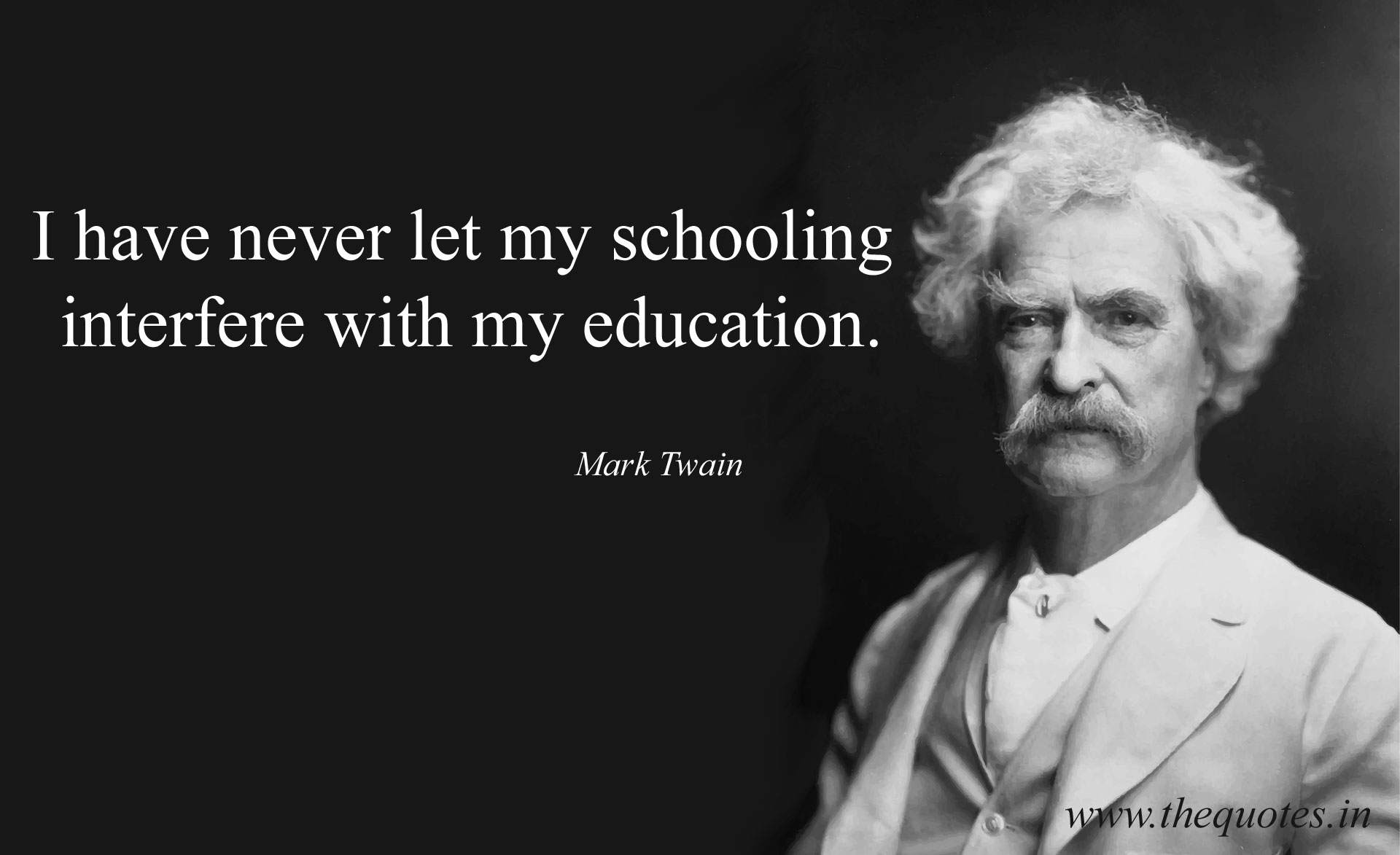Nobody asked but …
I was writing a memoir yesterday of our trip to Chicago with our two youngest granddaughters, who are 13 and 11 respectively. In part of the memoir I began to consider, why the trip itself was educational as opposed to the daily regimentation of schooling (which the girls would be getting if not for Spring Break).
Education:
- An unregulated flood of new information — And I really mean “new!” The young ladies had not previously ridden a train for actual transportation from A to B. The train required them to reorder the rush of information, doing math for fares, counting stations, appreciating the exactitude of measured time, watching the landscape evolve from the groves, prairies, and gardens of Lake Forest to the skyline of the Loop.
- Quick changes of plans — When apprised of the idea that there was a 2-hour wait for the elevator to the Skydeck of the Willis Tower (formerly the Sears Tower), we decided that such a wait would be a deadly dull start to our day, so we changed options. In a flash, we were in a taxi on the way to the Field Museum of Natural History. On the way, we noted the condo tower where the girls’ cousins had lived, just south of the loop, as recently as 6 months ago, Grant Park, Lake Michigan, Soldier Field, Shedd Aquarium, and the massive Field Museum itself from the outside. The taxi ride itself was new to the younger half of our entourage.
- In retrospect, there was no way that any of us could be prepared for the enormity. Kilgorette and I had been to the Field numerous times, separately and together, but this is the first time, for me at least, that it became clear that the only way you could do a complete Field experience was to live in Chicago and devote a good deal of time to revisiting the Museum frequently. Priority setting was at a premium.
- Self-organizing happenstance — We found ourselves at the entrance of the exhibits for the pre-European dwellers of North America. Every different ethnic had their own style of art with which they fashioned their utensils and their objects of storytelling. There were pots, plates, smoking and eating devices, rugs, throws, and clothing, both protective and ornamental. And each culture had objects of more abstract art that dealt with stories, myths, beliefs. Many of the functions were the same but with unique expressions.
- Classification — We learn much about arbitrary classification in our schooling (age-determined segregation is an example, alphabets are another), but in real life we must classify information based on its constructive use. This is critical thinking.
Schooling:
- Coding — Memorizing coding plans like the alphabet and the decimal number system. We are trained to order these in many instances of manipulation, often without direction as to the who, what, when ,where, how, and why.
- Absorption — How much abstract information can be packed into a given vessel?
- Regurgitation — How much data can be reconstructed in the same order in which it is fed?
- Registration — How many people, places, things, and events can be arranged in rows, columns, levels, and chronological periods.
— Kilgore Forelle




